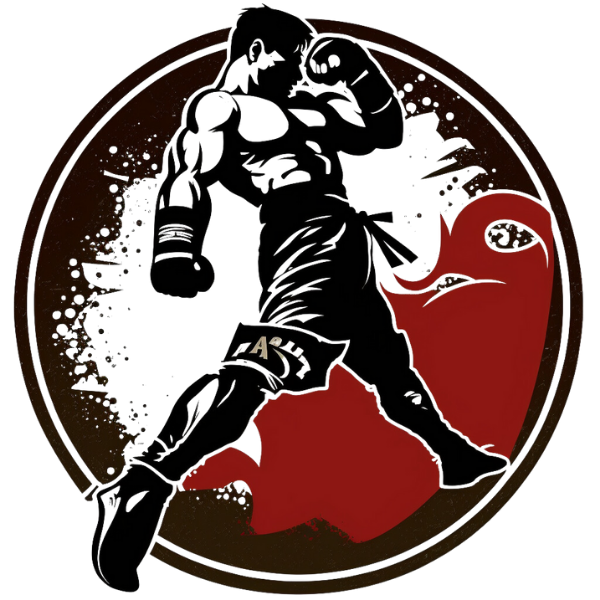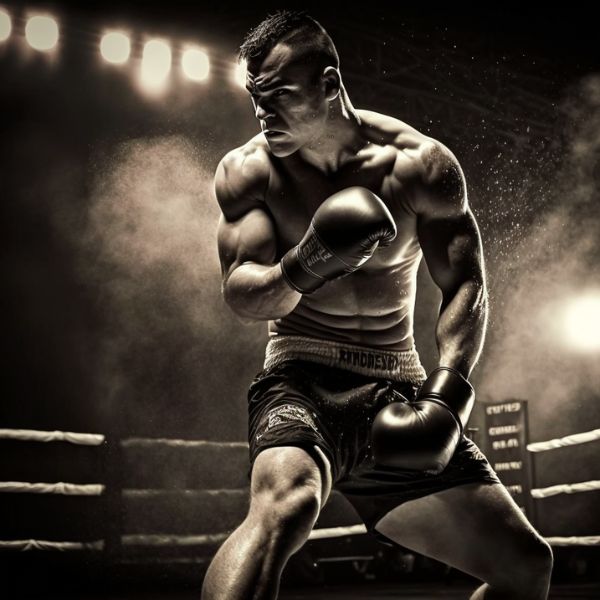


Kickboxing, a dynamic and captivating sport that combines the power of boxing with the agility and grace of martial arts, has a rich history that spans continents and cultures. From its roots in ancient martial arts to its global prominence, kickboxing has become a popular and competitive discipline. In this article, we will explore the captivating history of kickboxing and examine the development of the sport's essential equipment.
Kickboxing's foundations can be traced back thousands of years to the ancient martial arts of Southeast Asia. Muay Boran, a predecessor to modern Muay Thai, originated in Thailand and combined elements of boxing with powerful kicks, knees, and elbows. Simultaneously, in ancient China, the practice of Chinese martial arts, including Shaolin Kung Fu, incorporated similar techniques. These traditional martial arts laid the groundwork for the emergence of kickboxing as we know it today.
Over the years, kickboxing equipment has evolved as well.. The sport's early days saw practitioners using rudimentary protective gear, such as essential gloves and wraps. However, as the discipline grew in popularity and the intensity of competition increased, the need for more specialized and effective equipment became evident. Modern kickboxing gloves now feature enhanced padding and wrist support, providing better protection and striking power. Similarly, shin guards, headgear, and mouthguards have also seen significant advancements in design and materials to ensure the safety and comfort of athletes.
The modern form of kickboxing began to take shape in the 1950s and 1960s when Japanese and American martial artists started to blend elements of traditional karate with Western boxing. Japan's Osamu Noguchi and Tatsuo Yamada are often credited with developing the sport, as they sought to create a new and exciting combat discipline. In the 1970s, kickboxing gained popularity in North America, where it was promoted as a full-contact sport, further solidifying its status as a formidable martial art.
Kickboxing's rise to global prominence began in the late 20th century when the sport started to gain a dedicated following in Europe and other regions. The establishment of international organizations, such as the International Kickboxing Federation (IKF) and the World Association of Kickboxing Organizations (WAKO), further fueled the sport's growth. These organizations provided structure and governance, paving the way for developing professional and amateur kickboxing circuits worldwide. Today, kickboxing is a widely practiced and respected martial art, with millions of practitioners and fans across the globe.
The future of kickboxing is bright as the sport continues to evolve and adapt to the changing demands of athletes and audiences alike. As the discipline becomes more refined, so too will its equipment. Advancements in technology and materials will lead to the development of even more effective protective gear, catering to the needs of competitors and casual practitioners alike. Additionally, the rise of mixed martial arts (MMA) has further cemented kickboxing's role in combat sports, ensuring its legacy will continue to thrive for generations.
In conclusion, the history of kickboxing is a fascinating journey that highlights the sport's ancient roots, its emergence as a modern martial art, and the development of its essential equipment. As kickboxing grows in popularity and prominence, it will undoubtedly continue to shape and influence the landscape of combat sports.